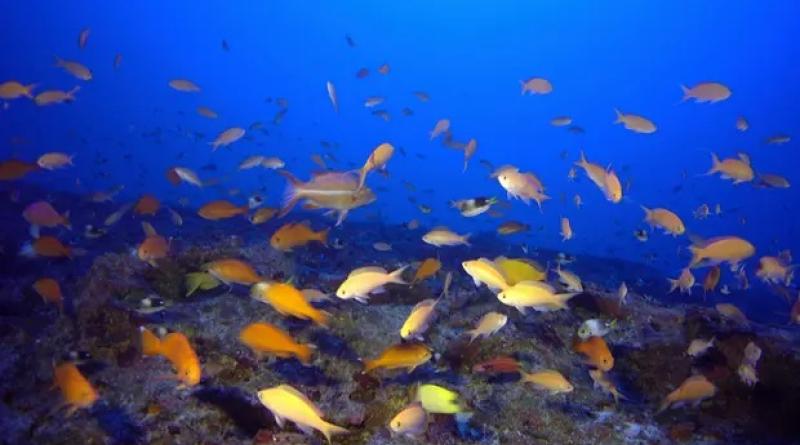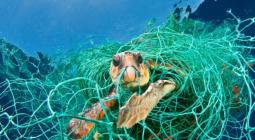Life in ocean’s twilight zone ‘could disappear’ amid warming seas

Life in the ocean’s twilight zone is expected to face dramatic declines and even extinction as seas warm and less food reaches the dimly lit waters, a study has found.
The twilight zone lies between 200 metres and 1,000 metres below the surface and is home to a variety of organisms and animals, including specially adapted fish such as lantern sharks and kite fin sharks, which have huge eyes and glowing, bio-luminescent skin.
Twilight zone animals feed on billions of tonnes of organic matter, such as dead phytoplankton and fish poo, which drifts down from the ocean’s surface. The drifting particles are known as marine snow.
Warmer waters were in effect reducing the quantity of food that sunk down to the zone, meaning up to 40% of life in the twilight waters could be gone by the end of the century, according to the study, which was published in Nature. Recovery could take thousands of years.
“The rich variety of twilight zone life evolved in the last few million years, when ocean waters had cooled enough to act rather like a fridge, preserving the food for longer and improving conditions allowing life to thrive,” said Katherine Crichton, the study’s lead author and a postdoctoral research fellow at the University of Exeter.
“According to the studies we have done, 15m years ago there wasn’t all this life [in the twilight zone] and now, because of human activity, we may lose it all. It’s a huge loss of richness,” Crichton told the Guardian. “Unless we rapidly reduce greenhouse gas emissions, this could lead to the disappearance or extinction of much twilight zone life within 150 years, with effects spanning millennia thereafter.”
Warmer oceans also reduced carbon storage, said Cardiff University’s Paul Pearson, the principal investigator on the study. This is because the “carbon that is sinking down as part of the marine snow” is eaten mostly by microbes nearer the surface, instead of falling further. Less sinking means a faster carbon release.
Crichton said the good part about the studywas that “we don’t seem to have reached an irreversible point. We can’t avoid some loss, but we can avoid the worst if we control emissions.”
Although poorly understood, the twilight zone “contains possibly the world’s largest and least exploited fish stock, and recycles [about] 80% of the organic material that sinks”, according to a UN programme that studies the region.
Crichton said: “We still know relatively little about the ocean twilight zone, but using evidence from the past we can understand what may happen in the future.” Her team’s findings suggested “significant changes may already be under way”.
The study offered three possible futures for the twilight zone: a low-carbon scenario, which allows for a total of 625bn tonnes of emissions from 2010 onward; a medium scenario, which allows for 2,500bn tonnes; and a high one, allowing for 5,000bn tonnes. “If we get to the medium or high scenario both are very bad news for the twilight zone,” Crichton said.
To put the emission figures in context, the University of Exeter-led Global Carbon Budget estimated that in 2022, total global CO2 emissions reached 40.6bn tonnes. Emissions have been close to 40bn tonnes every year from 2010-22, so most of the CO2 in the study’s low-carbon scenario has already been emitted.
cover photo:The ocean’s twilight zone lies between 200 metres and 1,000 metres, where light still penetrates and photosynthesis occurs. Photograph: NOAA and Bishop Museum/AP





